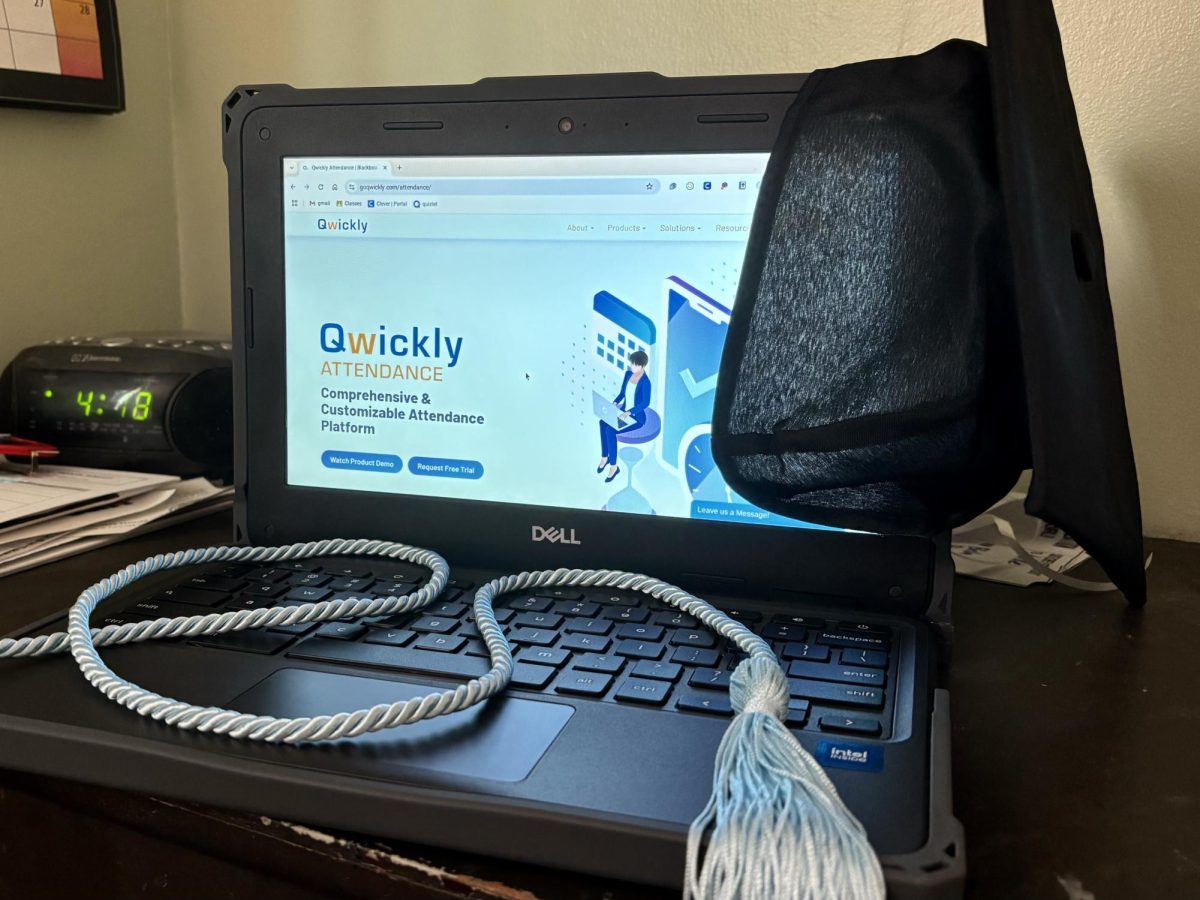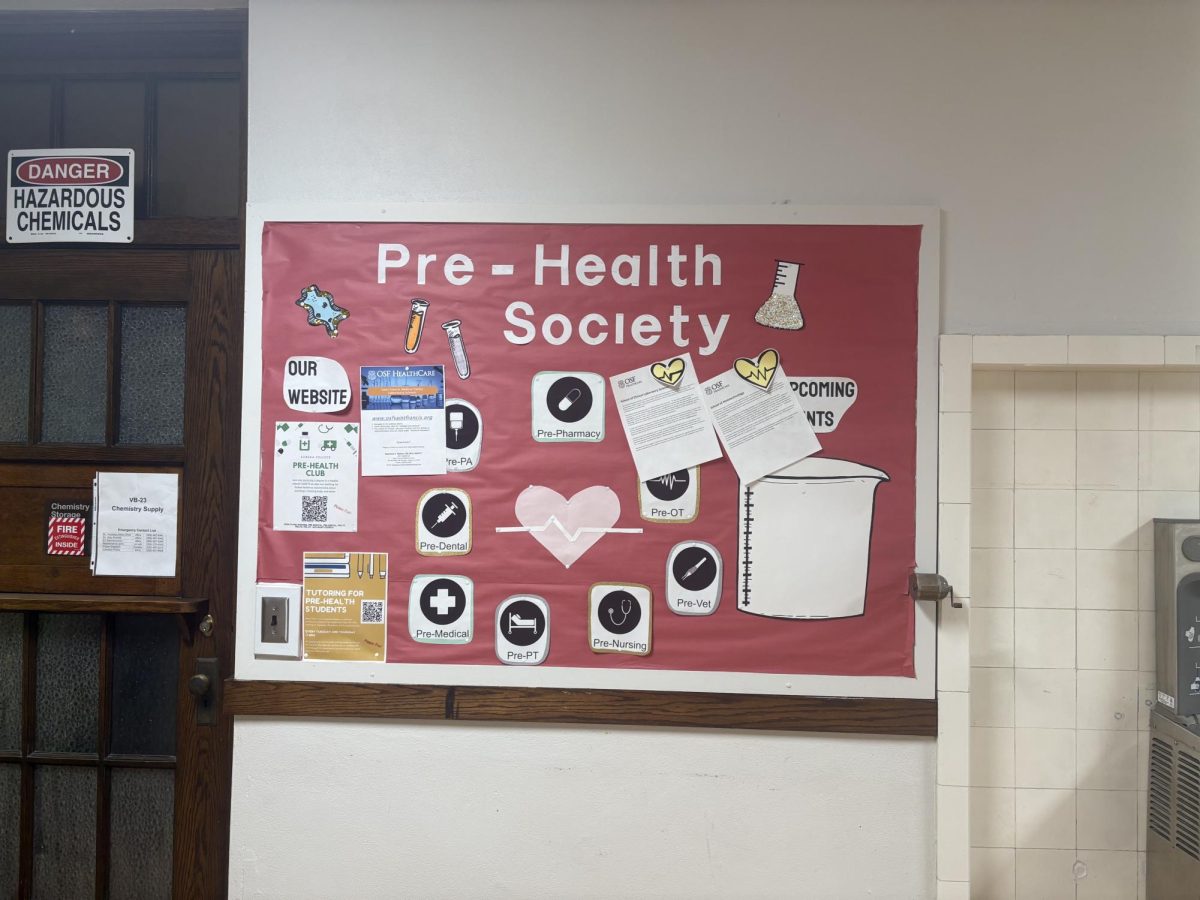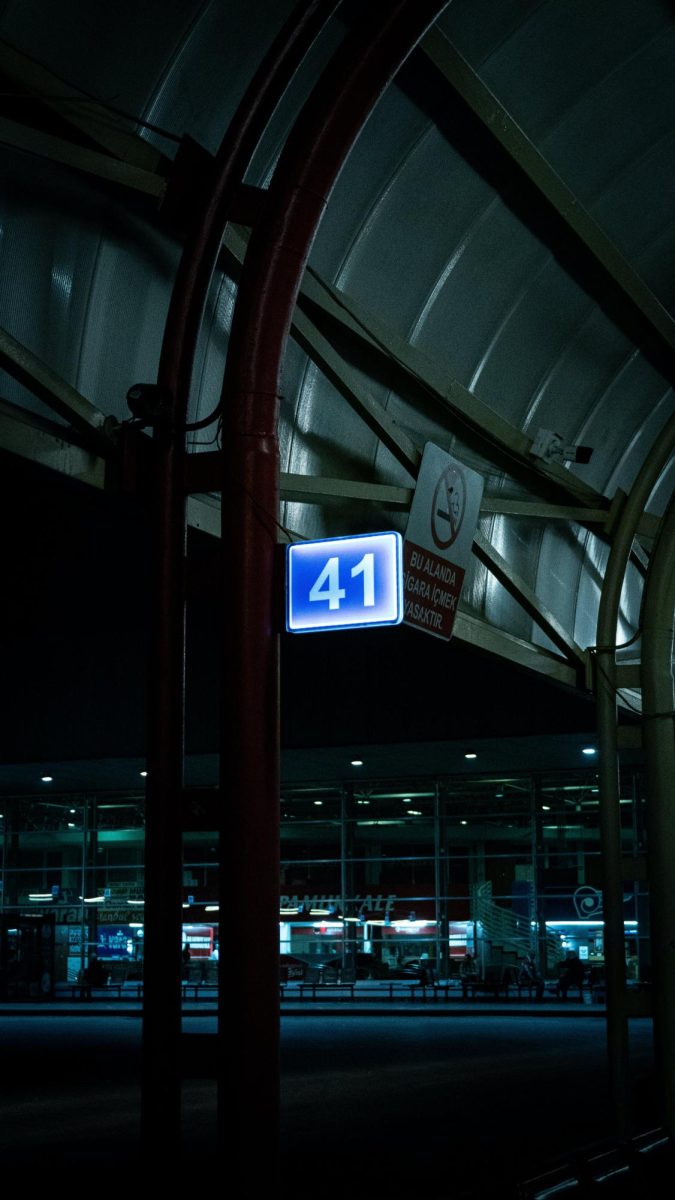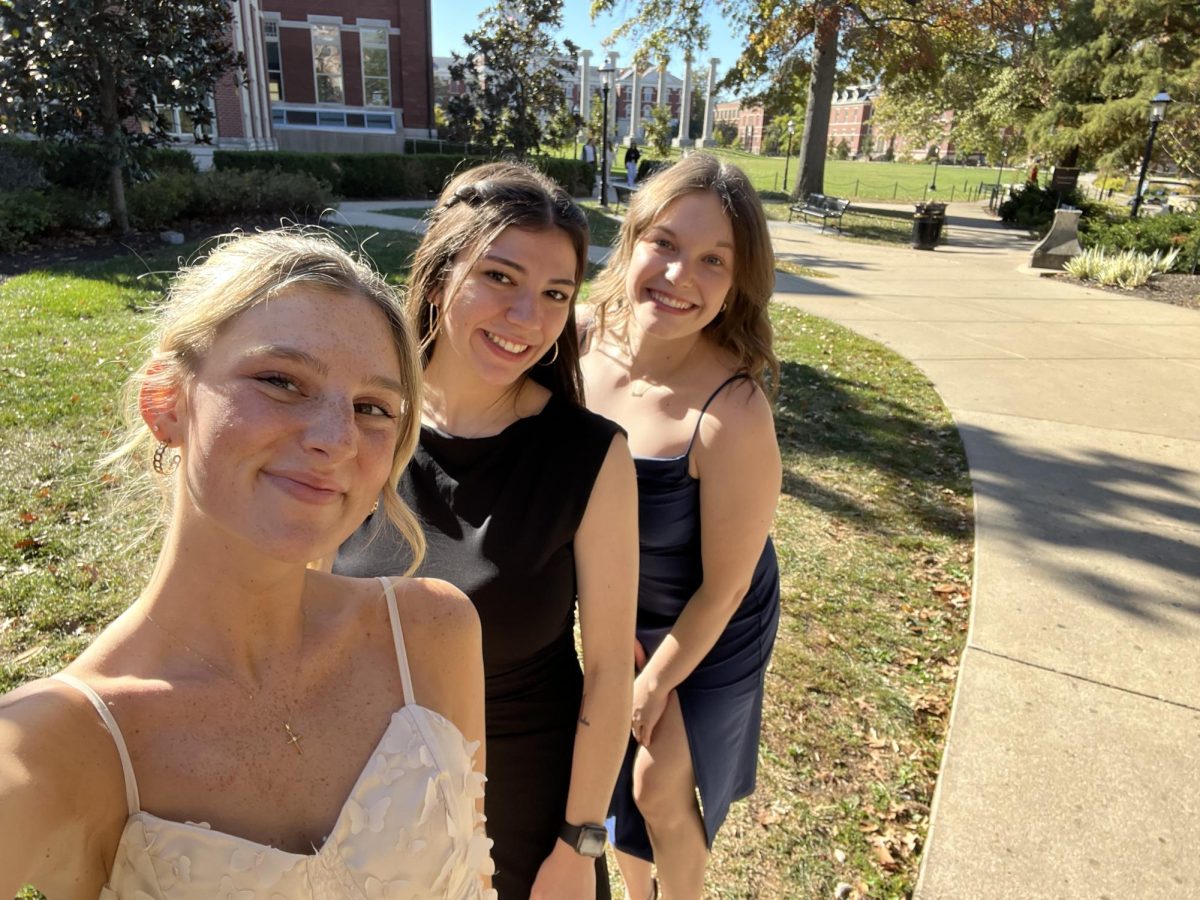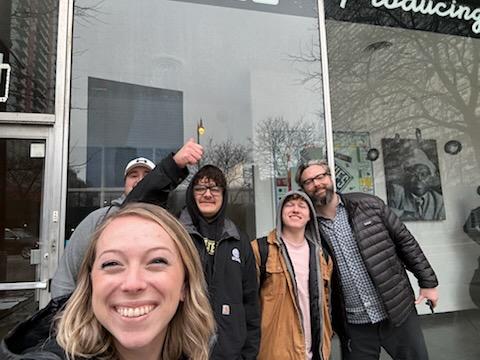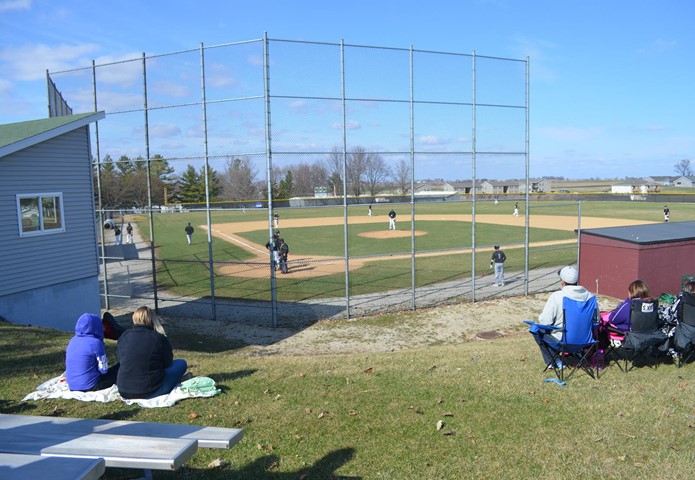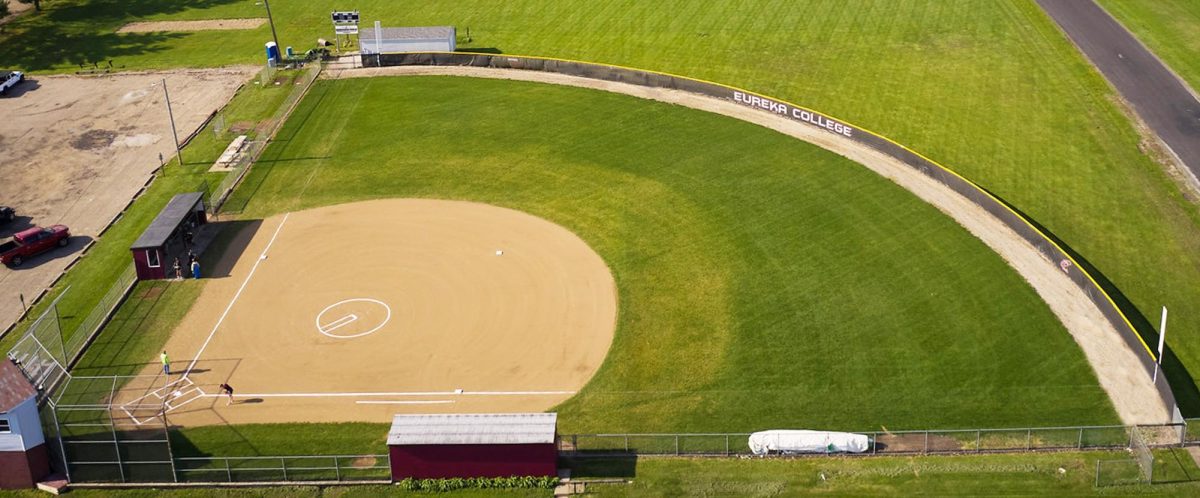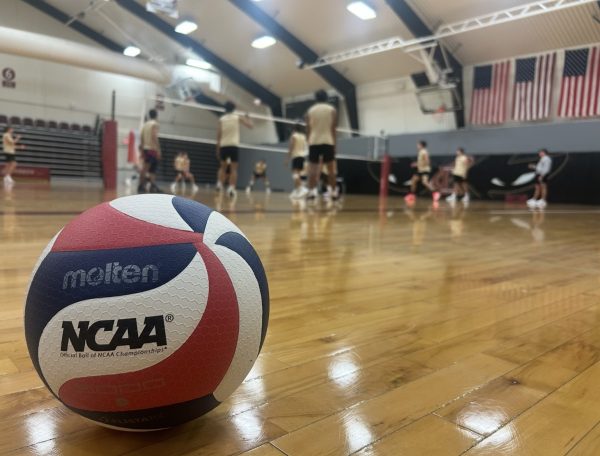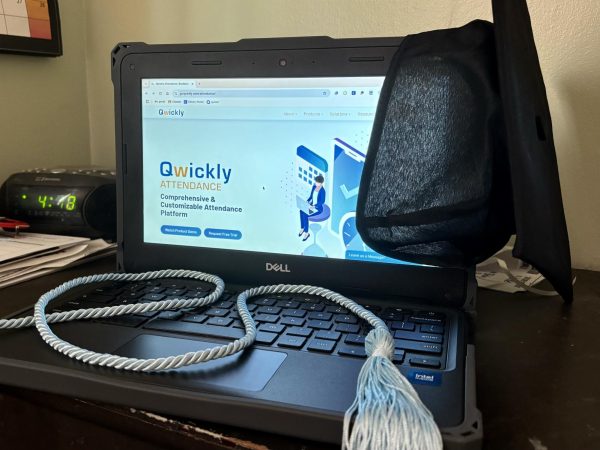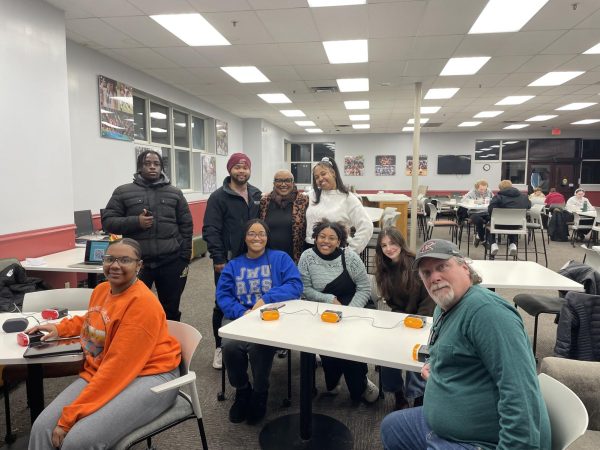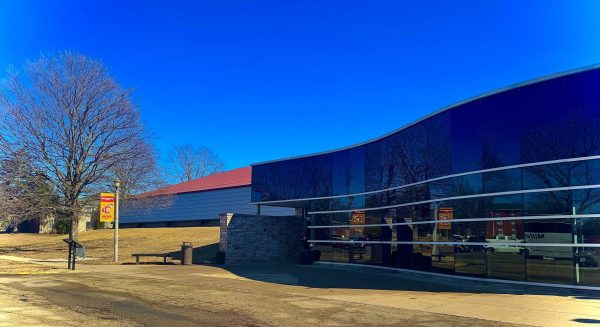The Increasing Rate of Rural Alcohol Abuse
College, a notorious time for new and diverging substance-related experiences, has added risks when students are in an area with an emerging epidemic. Nearly 37% of college students regularly report abusing alcohol and other illicit substances. Eureka College, located on 112 acres in central Illinois is a prime example of the dangerous interaction with college students and the increasing rural substance crisis. Despite rural America accounting for only 14% of the country’s total population, nearly 45% of alcohol-related fatalities are attributed to rural areas.
Although rural America’s increasing numbers of substance abuse are seen as a more recent problem, Woodford County has long had an issue regardless of if people are oblivious to it or not. In 2012, over a decade ago, Woodford County’s State’s Attorney Gregory Minger was interviewed for a piece on handling the number of drug cases in Woodford County by the Peoria Journal Star. When asked about the types of drug cases he sees most often, Mr. Minger reported that “What’s more common are cases that involve young people who possess drug paraphernalia.” Minger also discussed the high prevalence of alcohol-induced and influenced crimes. Once again, the emphasis is focused on young adults, the majority demographic of college. Eureka and the whole of Woodford Country are in a resource drought for substance abuse and misuse services. Not much if anything has been changed to try and serve this historically underrepresented population.
Unfortunately, not only are numbers increasing in the communities surrounding campus but there has also been an increase in students involved in substance abuse on campus according to one senior. This student, who has spent their whole college career at Eureka, noted that in their time they have seen “…a significant increase in binge drinking” among their peers throughout their time on campus. When asked if they felt concerned about the amount of alcohol and illicit drugs consumed by their peers they responded with “Students are getting better at hiding their drinking and smoking. A lot of people I know here drink at least 2-3 times a week, sometimes even more. Thankfully all my friends are over 21 now but I am still worried about how much they drink”.
Through brief interviews with two current Eureka College students and a recent alum, the common theme was that many students when approached about their drinking habits respond with “Well there is nothing else to do in Eureka besides drink”. All three interviewees share a similar experience of this happening to them when the topic of drinking or going out was talked about with their friends.
The recent alum recounted a story of their senior year when there was some down time during the semester and their friend group began to drink regularly. One night they all had a serious discussion about their drinking. “We didn’t talk about it after that night, but we all decided that one of us had a problem. We kept an eye on her and limited the times we drank together. When asked about it she realized that she didn’t even know how often she was drinking.”Although at first glance the thought of legal aged students drinking to ease boredom in a small town may seem harmless, the repetitiveness of the action is quite worrying. One student interviewee reported that although it started as just something to do on the weekends, their friend repeatedly began drinking during the middle of the week as the semester progressed. What was once a fun activity can often turn into substance misuse and then an addiction. When asked what could be done to solve this ongoing problem all three individuals overwhelmingly agreed that a large factor contributing to the increase in student drinking and drug use was rooted in campus culture and mental health-related matters.
It’s not clear what the solution is to combat a life-threatening problem that is both completely stigmatized and unacknowledged. However, speaking up when warning signs arise and paying close attention to those in the community are meaningful places to start. Now is the time for legislators, community leaders, businesses, etc. to recognize that youth and young adults in rural areas need help. For those struggling with substances and or mental health, the Substance Abuse and Mental Health Services Administration national helpline is both free and confidential as well as available 24/7. There are also virtual NA and AA Meetings available at Recovery Centers of America.
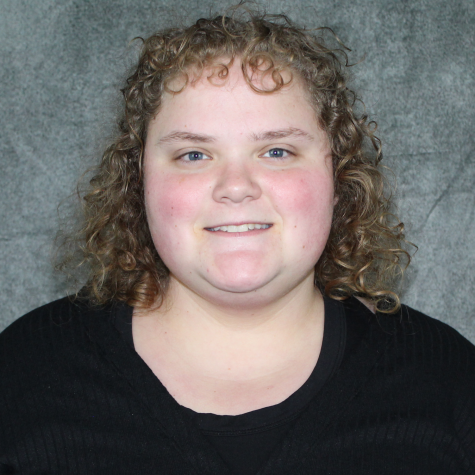
Hannah Cliff (Gibson City, IL) is a senior studying Hispanic Studies and Political Science. She
serves as the Student Body President and as a Resident...



